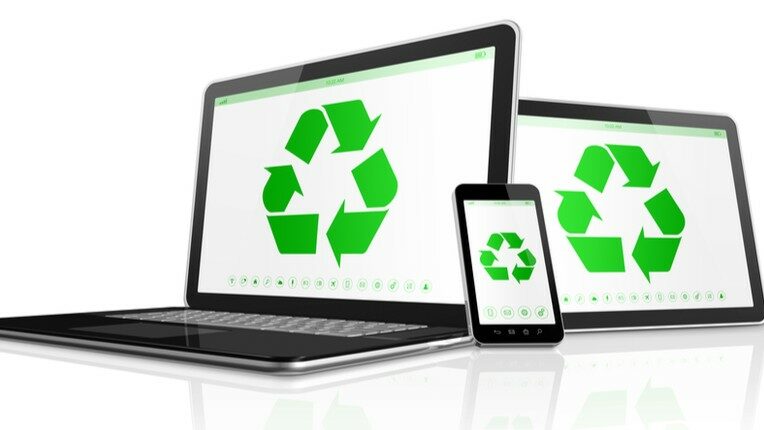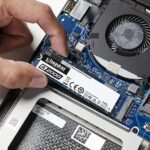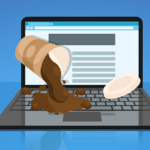Did you get a new computer recently? Or thinking of getting one soon? It's time to consider what will happen with your old computer! Even if you have already transferred your programs and data to the new computer, we recommend doing a few things.
Make a full backup of your old computer if it's still in working condition. This probably seems completely counterintuitive since, by definition, the old computer is no longer needed. Still, we recommend creating an image backup of the hard drive if possible - meaning the operating system, programs, settings, and all your data can be restored exactly the way they were.
In our experience, people often don’t realize what they have until it’s gone. Only then do they realize there was some important document or other information on it they really wish they’d kept.
You will need a portable hard drive to make these backups. On Apple computers, you can run Time Machine. On Windows, make a system image backup using Windows 7 Backup and Restore utility. Despite the confusing name, it's available on Windows 7, 8, 10 and 11.
Next, you have to decide whether it's worth repurposing the computer, giving it away to less fortunate people, or recycling it. Either way, it's a good idea to erase your data from the hard drive and, assuming the computer is functional, reinstall the operating system or restore it to factory settings.
Running the newly installed operating system may be the beginning of the old computer’s new life. If it still has an old hard drive, it's worth replacing it with a solid-state drive, making even an old computer feel brand new.
We don't recommend restoring Windows to factory settings, especially if they are over 5 years old, as you'll end up with an outdated system full of preinstalled software and trial programs. Instead, use a USB stick with a copy of Windows 10 to reinstall the operating system.
In the case of Macs, the built-in reinstall function to reinstall the operating system from scratch is an easy option. You can then run system updates to upgrade the OS to the latest supported version.
Is the computer too broken or too old to be used again? It’s time to scavenge and recycle!
The first step is to remove the hard drive, both for security reasons and for potential re-use. It's relatively easy on desktop computers but might require a complete disassembly if you have a laptop.
If the hard drive is working, you can put it in an enclosure (they are $20-30) and use it as an external drive. After you have backed up everything, it's safe to format and erase your data. We don't recommend storing anything important on used and old drives, but if you need the drive to store your movies collection or other stuff you won't cry about when it's gone, it could be a good option.
If the drive doesn't work, it's a good idea to physically damage it so nobody can recover your data after it's sent for recycling.
Old computers can have other parts worth recycling. Memory sticks, power adapters, and even screens can be re-used on other laptops in a pinch.
You can then recycle your computer. If you are in Nelson or Richmond, Nelson Environment Center offers subsidized electronics recycling. We can also help you, including doing the advice we give - back up, remove the hard drive, and salvage parts worth saving.
By the way, next week, we will have an end-of-winter sale with 20% off laptops and desktops!





